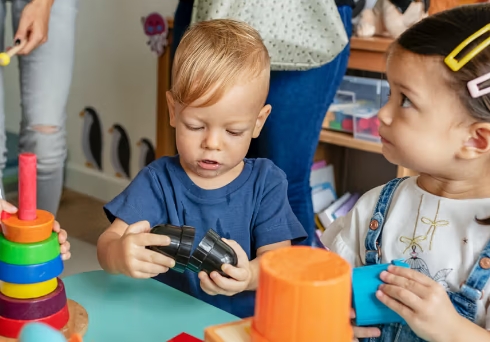Children are constantly learning and developing, and one of the most crucial ways they explore the world around them is through play. Understanding the different stages of play can give insight into a child’s development and help caregivers support their growth.
Associative play is an important stage in a child’s development. It typically begins around the age of two and continues until around the age of four. During this stage, children begin to play in small groups and start interacting with their peers.
Importance of associative play
Associative play is significant because it helps children develop social skills such as sharing, taking turns, and cooperating. Through play, children learn how to communicate, negotiate, and work together to achieve a common goal.
Characteristics of associative play
During associative play, children may engage in parallel play, where they play alongside each other but do not directly interact. However, they may also start to interact and share toys or ideas with their peers. This stage sets the foundation for more complex forms of play, such as cooperative play, where children work together towards a shared goal.
How to support associative play
Caregivers can support associative play by providing opportunities for children to interact with their peers in a safe and supportive environment. Encouraging children to share toys, take turns, and communicate effectively can help them develop important social skills.
In conclusion, understanding when associative play begins can help caregivers support children’s social and emotional development. By recognizing the importance of play in a child’s growth, we can create opportunities for them to learn and thrive in a social setting. So let’s encourage play and watch children blossom into confident and capable individuals.

